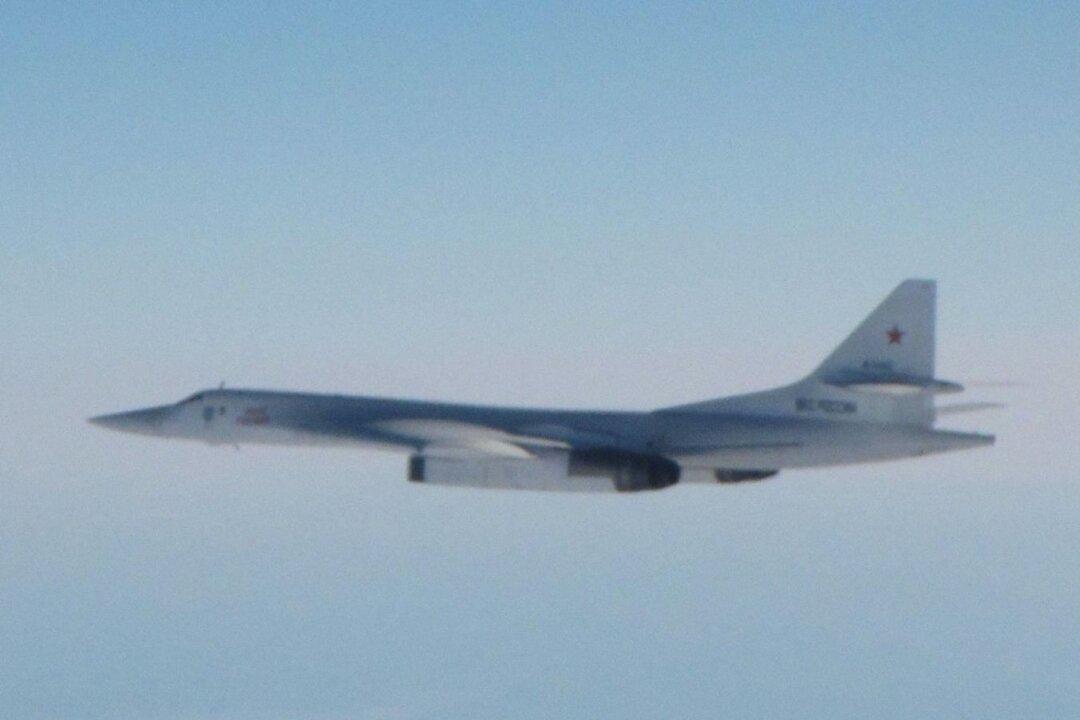UK military jets on Oct. 14 intercepted two Russian bombers that were heading toward British airspace off the coast of Scotland, according to the Royal Air Force.
The Russian Tu-160 jets, also known as Blackjacks, were initially tracked by Norwegian jets after being picked up by a NATO radar, the RAF said in a statement.





